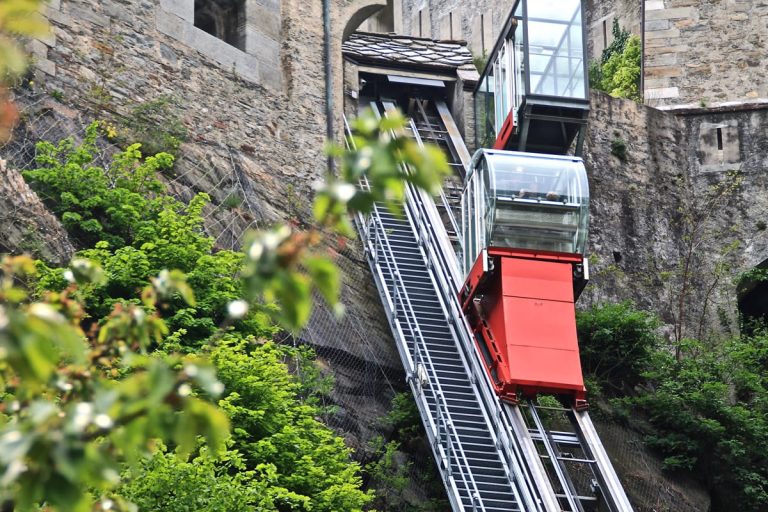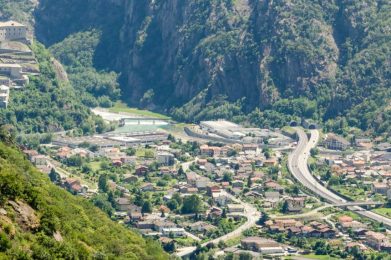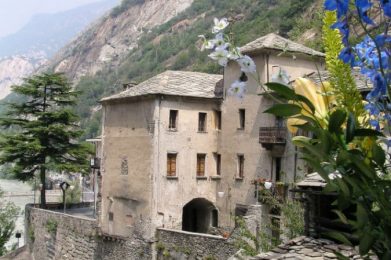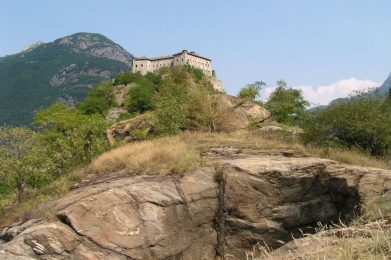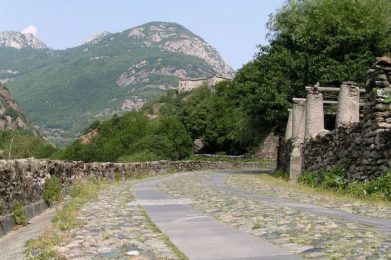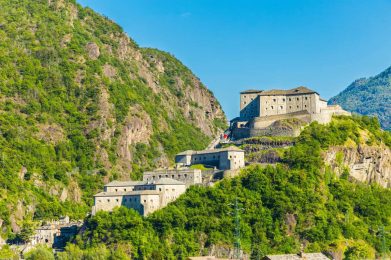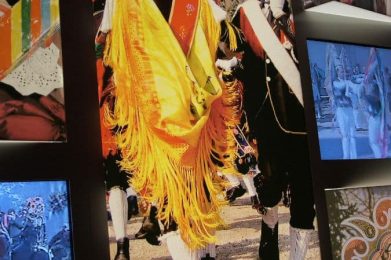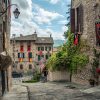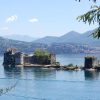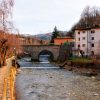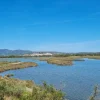The Bard Fortress suddenly appears before our eyes as we drive along the motorway towards Aosta. Majestic and impressive, placed on the summit of a panettone-shaped rocky cliff, the great Savoy wall surrendered only to Napoleon‘s troops. For the rest, an impregnable bulwark against the invaders was confirmed over the centuries, most of which were relegated without too many pleasantries to the dungeons of the fortress. Today the cramped prisons of the Fort are among the most popular attractions for tourists visiting the ancient Valle d’Aosta village, which rises along the Dora Baltea river, as well as on the slopes of the fortress. Take the panoramic lift that leads from the village to the entrance of the castle and, once inside, take a tour of the permanent museum space: the Bard Fort prisons await you … with open bars!
The exhibit itinerary is multimedia. Movies, documents and 3D reconstructions accompany us in the architectural evolution of the fortress, which has always maintained its military and defensive characteristics, citing, starting from Napoleon Bonaparte, the “big” who contributed to making the Fort’s fame as glorious as the Austrian commander Stockard von Bernkopf, the French writer Stendhal and Camillo Benso count of Cavour, imprisoned here in 1831. The prisons are composed of 24 cells, all very small, about 1.3 by two meters, which makes us understand how the prisoners’ stay was not exactly the most comfortable. In the first section of the itinerary, through three-dimensional panels, the structural mutations of the Fort during the various epochs are illustrated: Roman, medieval, ‘500, ‘600 and ‘700. A film gives voice to the protagonists of the most significant historical event in the history of the Fort of Bard: the siege by Napoleon’s troops.
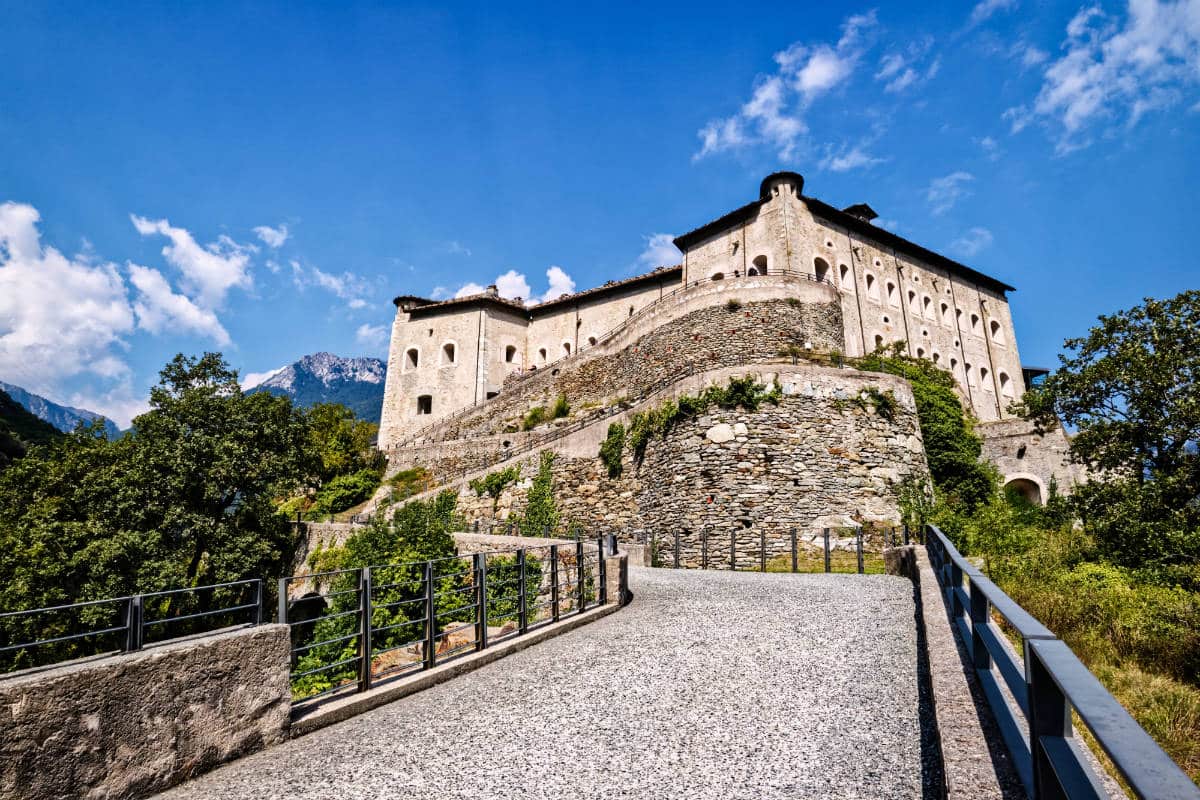
In the second section, the “avatars” of Napoleon, the French general Berthier and the captain Bernkopf reveal the war tactics of the hard battle fought in 1800. The video-explanation is corroborated by the projections of drawings by the topographer and painter Pietro Bagetti and by the writings of Stendhal. The third part is dedicated to the testimony of the captain Francesco Antonio Olivero, to whom Carlo Felice of Savoy entrusted the reconstruction of the Fort after the assault of Napoleon. The fourth section brings back Camillo Benso, Count of Cavour, a luxury prisoner during the reconstruction period: he was assigned the supervision of the works in 1831. Cavour, in reality, lived the experience as a punishment, a “moral prison” which he later defined as an “exile”. In this section there are also some objects of daily life of that era and in a use inside the Fort.
In the last room, the decadence and rebirth of the Fort during the 1900s is traced through an interview with Ferdinando Jacquemet, a living witness able to tell the last chapter of Bard’s long history. The cultured route with the projection of a film that analyzes the evolution of military settlements on the fortress of Bard from the year one thousand to today. In addition to prisons, the museum also offers a space dedicated to children, called Le Alpi dei ragazzi, where young visitors become mountaineers the virtual ascent of Mont Blanc. The journey will take the various steps, to which a room is dedicated for each, which the baby climber has to face to reach the summit. A three-dimensional yeti will guide the children to the last room, where a film on the glaciers will be projected.
Visiting the Forte di Bard therefore means experiencing a unique experience, ideal for young and old. If you are traveling to Aosta or the main tourist destinations such as Courmayeur or Gressoney Saint-Jean, we advise you to stop in the village of Bard for a brief stop: the small historic center, made up of brick houses and old, slightly up and down streets, will captivate you for its sobriety and its silence typical of mountain villages. It is true, here we are at the valley, but the imposing Fort, which protects the village from the top of the fortress, makes us feel far from everything. Even in the modern world.

